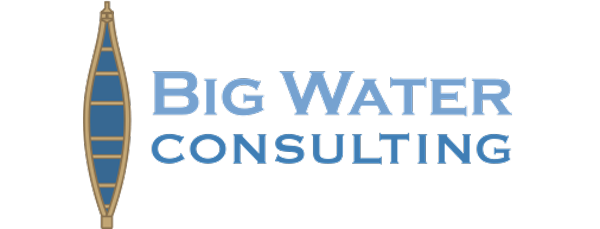Example Uses of Collected Data
Governance and planning
Helped with economic development planning in support of the regional Comprehensive Economic Development Strategy (CEDS), specifically for workforce training
Developed list of primary areas of concern for the Nation (i.e., housing, language preservation, economic development, etc.)
Supported the creation of a 10-year strategic plan for the Executive Branch of government
Created an “Actionable Data Specialist” position to facilitate data-driven tribal decision-making
Used data as a baseline in our work with the Federal 2020 Census planning process
Used financial needs and employment data to strengthen a community development grant through Wells Fargo
Reviewed and amended policies to ensure the application of veterans preference in program services and advocating for other tribal programs to consistently apply veterans preference to their services
Demographics
Provided data for planning for flexible housing options based on collected demographic and income data
Updated community profile
Corrected existing Federal and other public data, especially with respect to seasonal residents and distortions caused by their demographics and income
Housing
Used housing resident needs data to obtain a ROSS (Resident Opportunities and Self-Sufficiency) grant and hire new staff member
Used data on financial education and homeownership to strengthen application for Treasury NACA (Neighborhood Assistance Corporation of America) grant (Native CDFI)
Carried out successful IHBG “census challenge” reducing anticipated annual funding losses by over $900,000
Used data on the need for housing rehabilitation and rentals to support request through the Economic Development Agency (EDA) for an assessment concerning development of a tribal housing manufacturing plant
Applied housing condition and needs-based data in new Healthy Homes program
Used significant housing needs identified to request and receive standing tribal allocation of gaming revenue to housing program (of $2.5 million per year for 5 years)
Targeted different types of veterans housing activities including transitional/supportive housing grants for veterans, as well as rehab/repair grants for current homeowners (through USDA $7,500 grant or 1% loan)
Were provided with a targeted “veterans only” homebuyer readiness curriculum that incorporates the NADL mortgage loan process and application
Considered developing a veteran homebuyer readiness cohort to create built-in support for potential new homeowners
Explored opportunities to develop matched savings programs (study showed the need for a subsidy for homeownership)
Services
Applied for ANA SEDS grant (based on language, employment and other data)
Established bases for Youth Build program
Secured a grant for Social Services (Domestic Abuse Services Program)
Community priorities served as basis for CDC opioid overdose/addiction grant (as there was no inpatient service locally), and tribal AODA task force was created
Utilized member responses to prioritize land acquisition and economic development priorities within 10-county service area, including questions concerning entrance into new markets and member interest in working in Tribe-owned enterprises
Considered issues raised by younger veterans concerning ceremony upon return from service
Shared veteran data with other veterans service providers and South Dakota Native Homeownership Coalition (SDNHC) members
Identified opportunities to connect veterans with local Native CDFI and others who can package mortgage lending products that work for veterans
Worked on curriculum for dealing with veterans housing issues (e.g., a veterans “fair” in which veterans, lenders, service providers and others were invited to address issue holistically)

